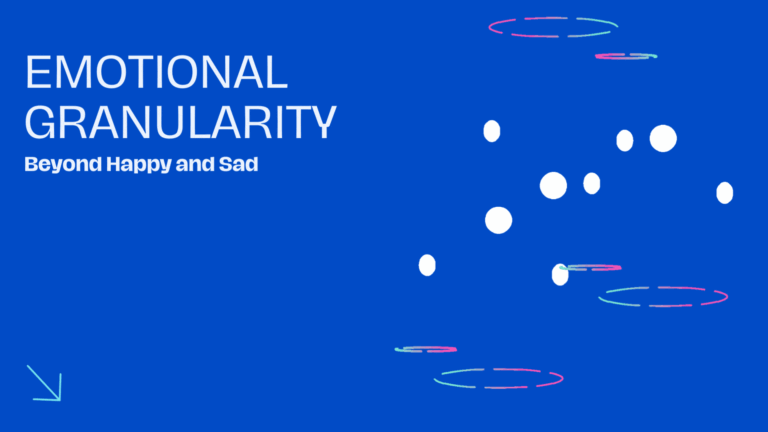From smartphone to smart eating technology’s role in craving management
Smartphones have become an integral part of our lives, with their usage extending beyond communication. An interesting aspect of smartphone addiction is its impact on food cravings. This article aims to explore the relationship between smartphone addiction and food cravings, as well as the potential of technology in managing these cravings.
How does addiction to smartphones contribute to food craving?
Addiction to smartphones has been linked to alterations in dopamine levels, a neurotransmitter associated with reward and pleasure. The constant stimulation provided by smartphones leads to a release of dopamine, which can create a craving for rewards, including food. Studies have shown that addiction to smartphones can disrupt the dopamine system, causing an increase in food cravings.
Furthermore, there is a correlation between increased smartphone use and higher food cravings. The constant exposure to tempting food images, food-related content, and advertisements on smartphones can trigger cravings and influence food choices. This association between smartphone use and increased food cravings highlights the potential negative consequences of excessive smartphone usage on our eating habits.
Smartphone apps also play a role in food cravings. Many smartphone apps are designed to curate personalized content for users, including food-related content. These apps use algorithms to analyze user data and preferences, which can contribute to increased cravings by suggesting tempting food options. Therefore, smartphone apps have the potential to enhance food cravings and affect food intake.
What are the conflicts of interest in using smartphones for craving management?
While smartphones can be used as a tool for craving management, there are several conflicts of interest associated with their usage. Controlling smartphone addiction requires effective materials and methods. However, the addictive nature of smartphones poses a challenge in using them to manage cravings. The same stimulus that triggers cravings can also be a source of temptation.
Moreover, smartphone addiction is often associated with internet addiction. Excessive smartphone usage can lead to increased reliance on digital media and online activities, which can further exacerbate cravings and impede craving management efforts. It is essential to address internet addiction alongside smartphone addiction to effectively manage cravings.
In addition, smartphone addiction can have detrimental effects on emotional health. Excessive smartphone use has been associated with anxiety, depression, and reduced well-being. These negative emotional states can contribute to increased food cravings, making it challenging to manage cravings effectively using smartphones.
Are there effective smartphone apps for managing cravings?
Despite the conflicts of interest, there are smartphone apps available for managing cravings. These apps aim to provide support and tools for individuals trying to quit addictive behaviors, including unhealthy eating patterns. Studies have explored the effectiveness of smartphone apps for craving management, and some have shown promising results.
For example, smartphone apps have been successful in smoking cessation programs. These apps provide personalized support, resources, and tracking features to help individuals quit smoking. The use of smartphone apps in smoking cessation programs has the potential to be extended to managing food cravings and promoting healthier eating habits.
Furthermore, the usage of smartphone apps for craving management has significant public health implications. With the prevalence of smartphone usage, these apps have the potential to reach a larger audience and provide accessible support for individuals struggling with food cravings. The availability of such apps in app stores allows easy and convenient access for users.
What is the influence of technology like smartwatches on craving management?
Besides smartphones, technology like smartwatches also holds potential in managing cravings. Smartwatches can assist in curbing smartphone addiction by reducing the reliance on smartphones for notifications and constant connectivity. By providing notifications and other features directly on the wrist, smartwatches offer a controlled and less addictive way to stay connected.
Additionally, smartwatches have the potential to promote physical activity, which can help in managing cravings. By tracking steps, monitoring heart rate, and providing reminders for movement, smartwatches can encourage individuals to engage in regular physical activity. Increased physical activity has been associated with reduced cravings, making smartwatches a valuable tool in craving management.
How can the Center for Humane Technology help in managing smartphone addiction?
The Center for Humane Technology focuses on addressing the negative impact of technology on society, including smartphone addiction. They employ various strategies to tackle smartphone addiction effectively. Their initiatives include raising awareness about the addictive nature of smartphones, advocating for humane design practices, and encouraging the responsible use of technology.
One aspect the Center for Humane Technology addresses is the role of notifications in smartphone addiction. Notifications act as stimuli that trigger smartphone usage and can contribute to addictive behaviors. By curating notification settings and promoting mindful notification management, the Center for Humane Technology aims to help individuals reduce their smartphone usage and manage addiction effectively.
Furthermore, the impacts of smartphone addiction on social and emotional well-being are also addressed by the Center for Humane Technology. They highlight the potential negative consequences of excessive smartphone use on relationships, mental health, and overall well-being. By educating individuals about these impacts, the Center aims to empower them to make conscious choices and manage their smartphone usage effectively.
###
Q: What is the role of technology in craving management?
A: Technology plays a crucial role in craving management by providing various tools and applications that can help individuals regulate their cravings and make healthier choices.
Q: How can technology assist in managing cravings?
A: Technology can assist in managing cravings by providing reminders, tracking progress, offering distraction techniques, and providing access to resources and support networks.
Q: What are some materials and methods used in craving management research?
A: Some materials and methods used in craving management research include systematic review, meta-analysis, questionnaire, data collection, data analysis, and randomized controlled trials.
Q: Can smartphone use contribute to craving management?
A: Yes, smartphone use can contribute to craving management as there are numerous mobile apps available that are specifically designed to help individuals manage their cravings and make healthier choices.
Q: What is internet addiction and its relationship to craving management?
A: Internet addiction refers to excessive or compulsive use of the internet that interferes with daily life activities. It can negatively impact craving management as it may lead to increased exposure to unhealthy food temptations and decreased self-control.
Q: How does app usage help in craving management?
A: App usage can help in craving management by providing tools, resources, and support networks that assist individuals in making healthier choices, managing their cravings, and staying on track with their goals.
Q: How does the use of mobile apps affect emotional health in craving management?
A: The use of mobile apps can positively impact emotional health in craving management by providing users with tools and techniques to cope with stress, regulate emotions, and improve overall well-being.
Q: Is future research necessary in the field of craving management?
A: Yes, future research is necessary to further explore the effectiveness of different craving management techniques, develop innovative interventions, and understand the long-term impact of technology on craving management.
Q: Can mobile app usage help individuals in developing healthy eating habits?
A: Yes, mobile app usage can help individuals in developing healthy eating habits by providing them with personalized meal plans, nutrition information, healthy recipes, and tracking tools to monitor their food intake.
Q: What is the significance of distribution under the terms of the Creative Commons?
A: Distribution under the terms of the Creative Commons allows for easy access and sharing of research and supplementary materials, promoting collaboration and further advancements in the field of craving management.
###












